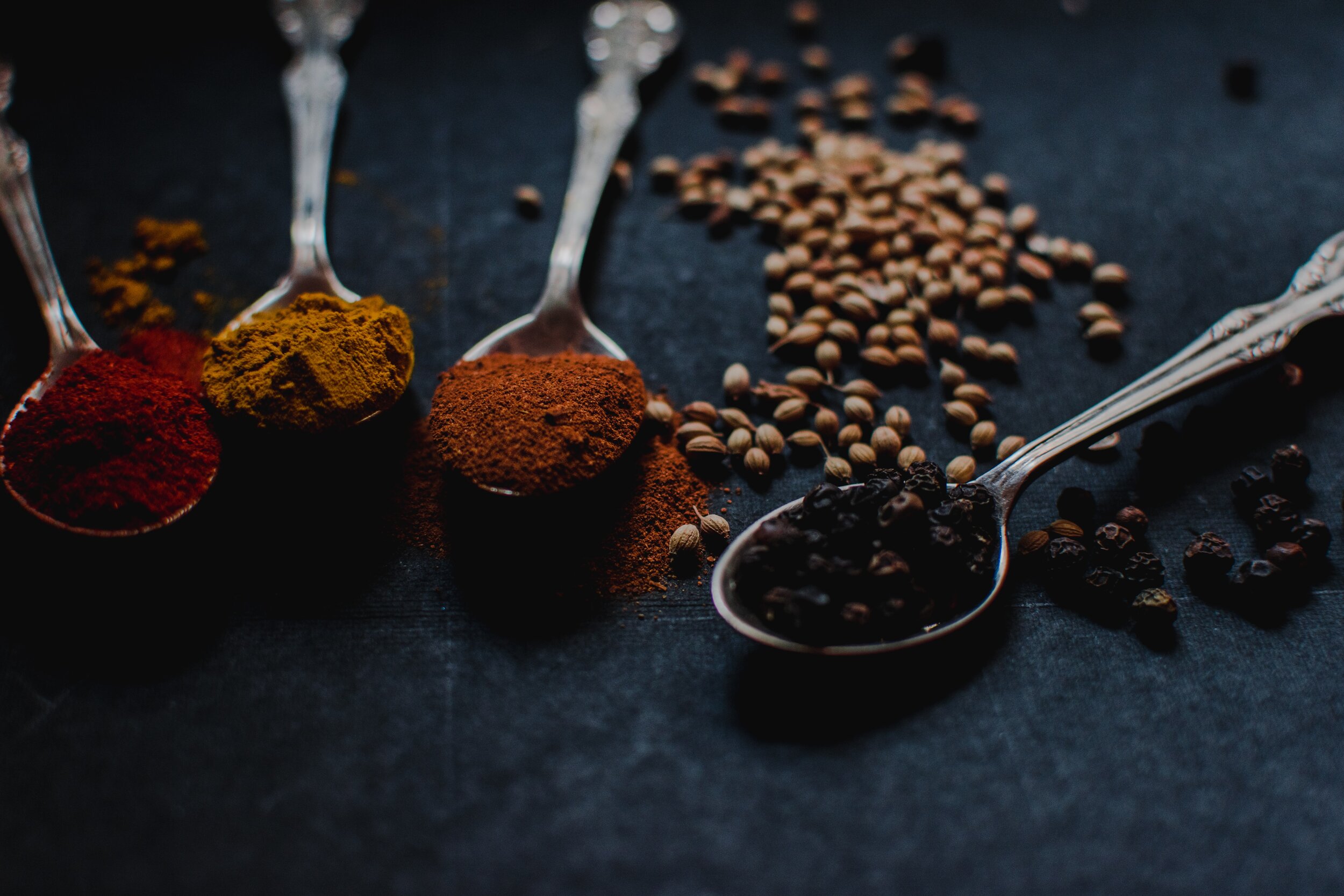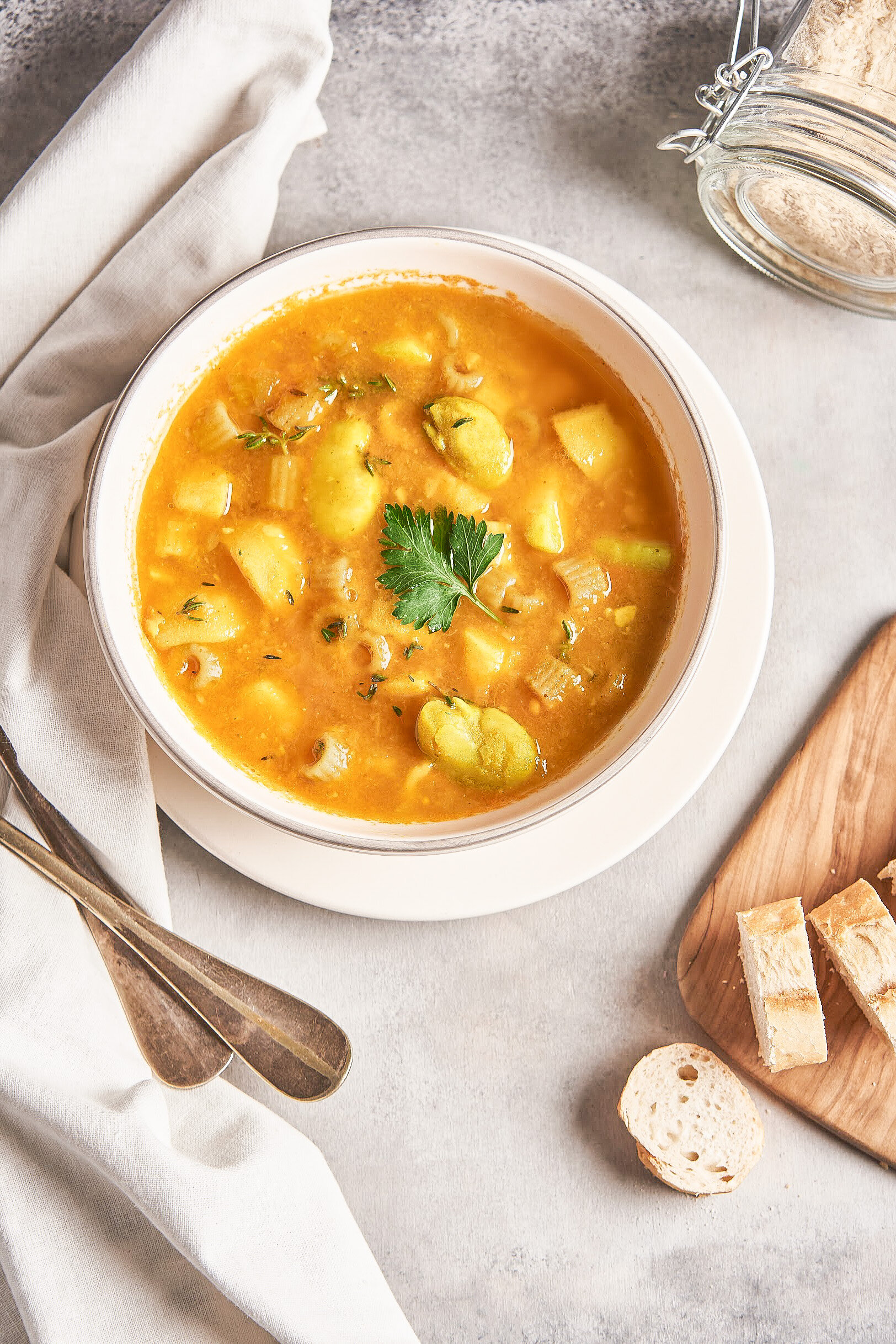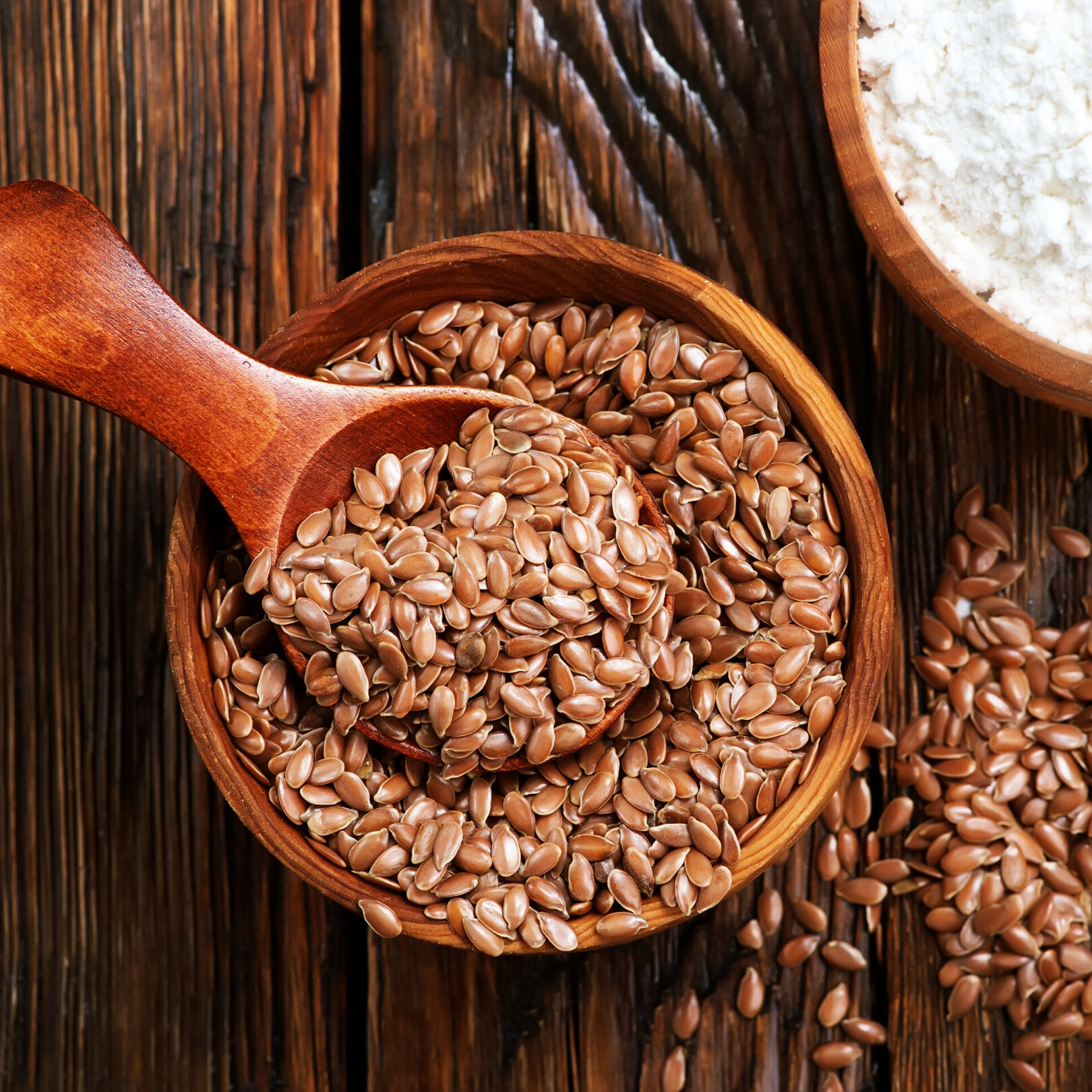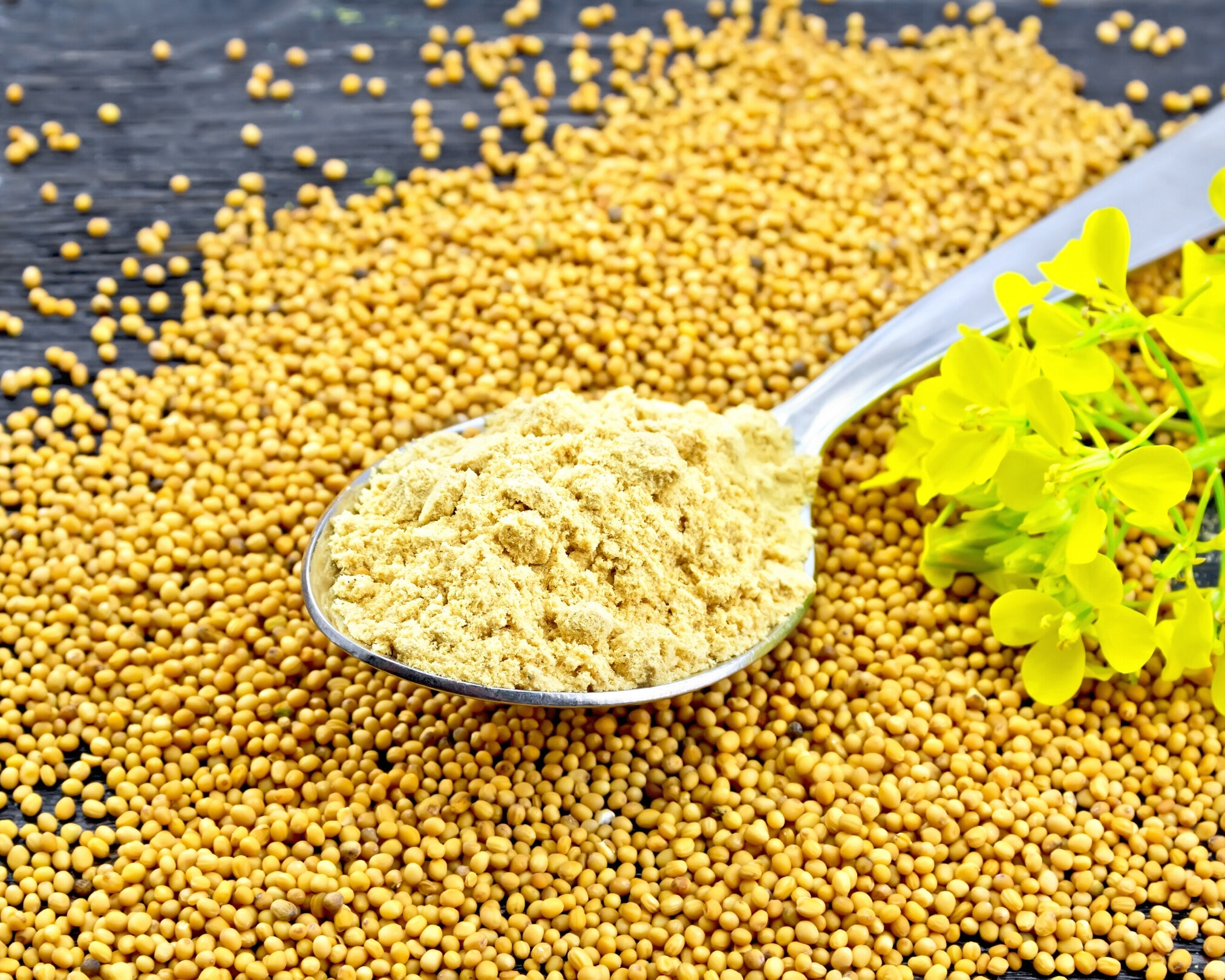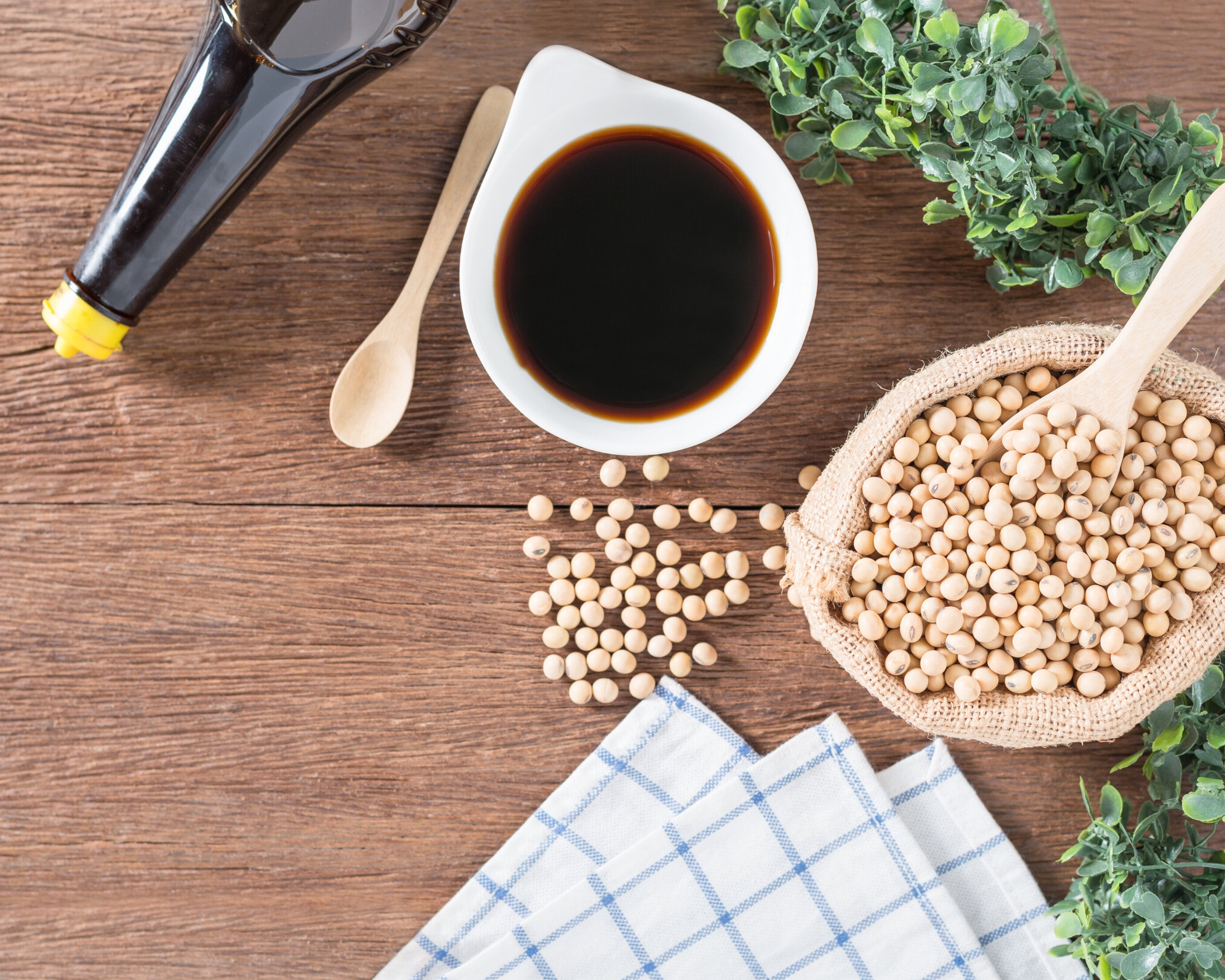6 Plant-Based Ingredient Must-Haves for Healthier and Tastier Meals
Following a plant-based diet for beginners is easier than you think. In fact, it’s one of the least complicated ways of eating there is once you get the hang of it.
There’s no magic or math involved, but you will need to get acquainted with a few ingredients that may be new to you.
Let’s take a look at the top 6 ingredients that you’ll see time and time again in my dishes.
Since starting a whole food plant-based diet, I always make sure to keep these 6 ingredients in my pantry and fridge. I even consider them part of my plant-based ingredient Hall of Fame.
Why?
The answer is simple: they take plant-based recipes to the next level while providing you with a great nutritional bang for your buck.
That’s also why a lot of my recipes appear to have so many ingredients… I just don’t like to miss an opportunity to raise a food’s nutritional value.
After reading this article, I’m pretty sure you’ll also find yourself including these whole plant foods in all your meals, too, whether they’re my recipes or your own creations. They’re easy to use, and adding them to dishes takes just seconds.
Why should you buy these ingredients?
You know how some recipes call for you to add salt at some step, even though it’s not always on the ingredients list?
That’s because everyone has salt on hand. In fact, most families leave salt and pepper on the kitchen table around the clock. It’s always just “there”.
That’s how I feel about these six ingredients. I always have them on hand, much like salt and pepper.
So when you see a long list of ingredients in my recipes, please don’t run in the opposite direction! It’s often just because I’m using several of these spices listed below.
You won’t need to buy 8, 9 or 10 ingredients every time you make a new recipe. Once you’ve bought these base ingredients, you can just skip right over them in all the ingredients lists much like you would salt or pepper – and then you may only need a couple of other ingredients, depending on the recipe.
Turmeric
Is turmeric a staple in your household yet? If not, it should be!
This bright orange spice has been getting a lot of buzz in recent years as more and more of its impressive health benefits are uncovered.
It’s loaded with antioxidants and has a strong anti-inflammatory action, and it’s also antibacterial and antiviral.
It’s been used in traditional Indian medicine for thousands of years to treat issues like respiratory conditions and sinusitis, and now the Western world is catching on.
However, there’s one big caveat here: the curcumin in turmeric, which is the compound responsible for these benefits, is not readily absorbed by your body.
So why am I insisting you use it more often?
Because all it takes is a tiny pinch of black pepper to boost its bioavailability.
Black pepper contains a compound called piperine that can improve your body’s ability to absorb curcumin by more than 2000 percent!
So that’s why there’s yet another ingredient in my recipes that include turmeric – black pepper.
But you always have that on hand anyway, right?
In his Daily Dozen, which I’ll refer to a lot, Dr. Michael Greger recommends that everyone consume ¼ teaspoon of this spice per day.
Doing so is surprisingly easy because it is so easy to add turmeric to recipes. If you thought it was just for curry, think again!
You can easily add it to all manner of soups, salad dressings, and other dishes without really noticing the flavor; I even add some to the water when I’m boiling rice.
These little touches become second nature after you’ve been doing them for a while, and eventually you’ll be sneaking in all these health-enhancing ingredients without even realizing it.
The only trick here is knowing about these ingredients in the first place!
2. Flaxseed
Flaxseed may already be familiar to you, possibly by its other name, linseed.
These tiny, nutty-tasting seeds are full of fiber, health-enhancing omega 3 fatty acids, and other nutrients.
Ground flaxseeds also work remarkably well as a substitute for eggs when you’re avoiding dairy as part of a whole food plant-based diet.
Before it became a nutritional staple, the flax plant was often woven into linen as its fibers are three times stronger than cotton.
Now we know that it also strengthens your health.
Dr. Michael Greger recommends that adults eat 1 tablespoon of ground flaxseed per day for optimum health.
When you shop for it, you might notice two varieties if your store is particularly well-stocked: brown and gold.
Both are equally nutritious, so this may be a matter of price or personal preference.
However, one thing that is very important to keep in mind about flaxseed is that it must be ground for you to unleash its benefits.
Nature has packed the seed so well that it could actually pass all the way through your body without breaking down, which means we won’t absorb its nutrients if we consume it whole.
Can’t you just buy ground flaxseed?
Yes, but you might not want to.
The stores where I live don’t carry it, but that’s actually a blessing in disguise. Experts say that pre-ground flaxseeds have lower amounts of heart-healthy polyunsaturated fats, such as conjugated linoleic acid and omega 3, when compared to freshly ground seeds because they’ve been exposed to oxygen for a longer time. Heat and light cause these good fats to break down.
That’s why I grind up some whole flaxseeds myself every week and place them in a dark, non-metallic container. A small food processor or coffee grinder will do the job quite nicely.
3. Mustard powder
While only a couple of my recipes actually have a pronounced mustard flavor, I use mustard powder in lots of the dishes I make, especially if they have vegetables like broccoli or cauliflower.
I don’t do this for flavor reasons; I do it mostly because there’s some science magic that goes on behind the scenes when you combine these ingredients.
You see, cruciferous vegetables like broccoli, cauliflower, Brussels sprouts, and kale have some amazing anti-cancer and brain protective benefits thanks to the sulforaphane they contain, but these benefits are lost when you cook them.
One way around this is to chop foods like broccoli well ahead of time; letting them sit out for around 40 minutes after chopping enables the release of sulforaphane.
But some days dinner just barely makes it onto the table at a reasonable hour, and adding all that extra waiting time onto the process is out of the question sometimes.
Enter mustard powder.
Mustard greens, seeds and powder contain an enzyme that activates the sulforaphane, even after cooking, so you don’t have to plan in advance and can still get all those great benefits from eating these foods. And if you hate the taste of mustard, don’t worry – just a little bit does the trick!
Dr. Greger recommends we all eat 1 serving of cruciferous vegetables per day, so if you buy mustard powder the next time you’re at the store, it won’t go to waste.
4. Nutritional yeast
If you’ve never tried nutritional yeast, you’re in for a treat.
This deactivated yeast has a cheesy, nutty taste, which is why you’ll see it in a lot of my recipes that are meant to have a cheesy flavor.
Sold in the form of flakes or powder – I prefer the flakes – it’s a complete protein because it contains all nine essential amino acids, and it’s also packed with B vitamins.
In fact, the fortified version is full of B12, a vitamin that some people struggle to get enough of.
Most of the nutritional yeast you can buy is fortified, but check your label to be sure. This is the kind you want because it gives you more vitamins and minerals.
With its cheesy taste and ability to add creaminess to dishes, this is one ingredient that can make whole food plant-based recipes utterly cravable.
5. Miso
You may have heard of miso, but if you’re like most people, you’re probably not quite sure exactly what it is.
It’s a fermented paste based on soybeans, sometimes with a grain like rice or barley, and mold – but don’t let that stop you.
Seriously.
Not only is it safe, it’s also very good for you.
Like most fermented foods, miso is a probiotic food that supports digestion. It’s a great source of vitamin K2, which can be hard to get from your diet and is needed for bone, heart and cognitive health.
It’s got an earthy flavor that brings an umami note to everything you add it to, and it’s used in savory as well as sweet recipes. I like to use it in chilis, soups, stews, dips and sauces.
Best of all, it gives foods that oil-like texture you might be used to without damaging your health the way oils do. That’s a win in my book!
6. Liquid aminos
Made of fermented coconut sap or soybeans, liquid aminos lend food a flavor that is very similar to soy sauce but without the chemical preservatives.
I mostly use them for the flavor they add to plant-based recipes, but it’s worth noting that some studies have shown that eating broths or soups with an umami flavor can reduce hunger and curb snacking.
This dark amber liquid can be added to salad dressings, soups, and sauces, drizzled on vegetables, and mixed into rice and beans. It can also be used interchangeably with tamari sauce, so that’s one fewer ingredient you’ll have to buy when you see recipes calling for tamari.
If you’re the kind of person who always keeps soy sauce on hand, you’ll want to start keeping liquid aminos on hand.
And although their price tag may be higher, it should take you longer to get through a bottle so it’s not quite as expensive as it might seem.
As you can see, there are compelling reasons for including these foods in many of my plant-based recipes. These all-stars are definitely not things you’ll buy for one recipe and then watch them collect dust in your pantry. In fact, I’m betting you’ll soon join me in considering them kitchen staples!
Which of these ingredients do you have in your pantry already? Which ones do you plan to start including next?

